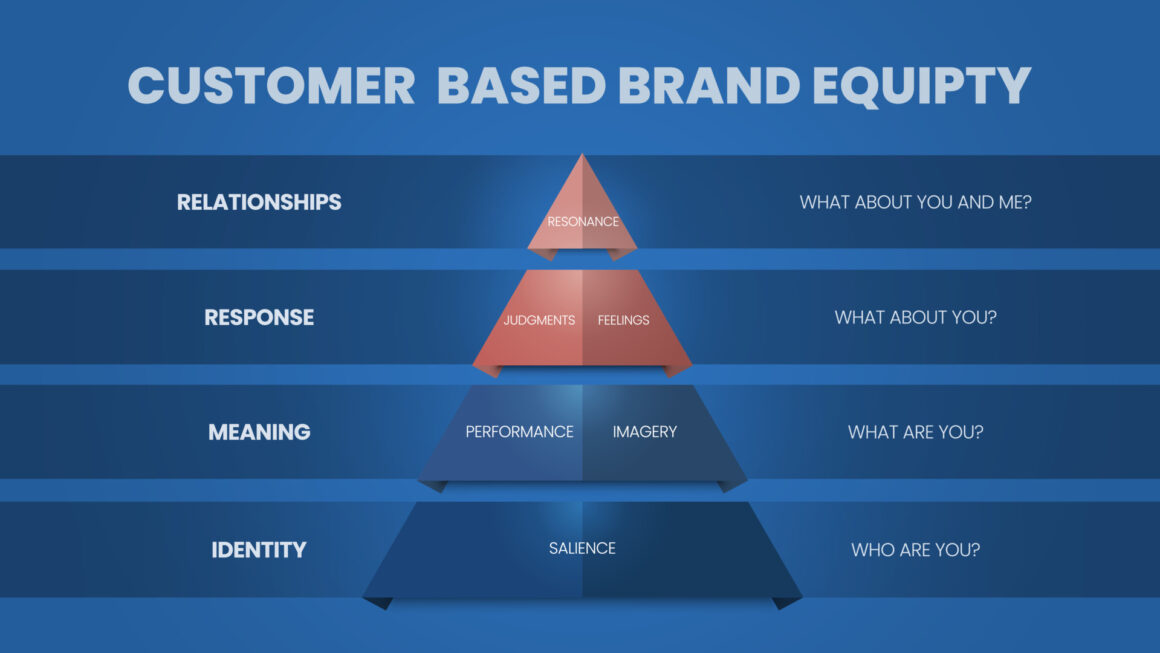Voice search optimization (VSO) is the process of optimizing your website content and overall online presence to appear in voice search results. With the increasing use of voice assistants and smart speakers, it has become important for businesses to ensure their content is optimized for voice search.
Here’s an example of how voice search optimization works:
Let’s say you own a restaurant in New York City and want to optimize your website for voice search. One popular voice assistant is Amazon’s Alexa, which people use to ask questions or make requests, like “Alexa, find me the best Italian restaurants in NYC.” In order for your restaurant to show up in the search results, you need to ensure that your website has content that is relevant to the search query and is structured in a way that is easy for voice assistants to read and understand.
To optimize your website for voice search, you can follow some best practices such as:
- Use natural language in your website content, including long-tail keywords that reflect how people actually talk.
- Create a FAQ page with common questions that customers might ask about your business.
- Optimize your Google My Business listing with accurate and up-to-date information, including your business hours, location, and phone number.
- Ensure that your website loads quickly and is mobile-friendly, as many voice searches are done on mobile devices.
By implementing these VSO strategies, your restaurant is more likely to show up in voice search results when people ask for the best Italian restaurants in NYC, increasing your visibility and potential for new customers.
Which all companies employ Voice Search Optimization?
Voice search optimization (VSO) is becoming increasingly important for businesses across industries. Here are some examples of companies that are using VSO to improve their online presence:
Domino’s Pizza – Domino’s has implemented voice search for their mobile app, allowing customers to place orders using voice commands.
Starbucks – Starbucks has added voice ordering capabilities to their mobile app, allowing customers to place orders using voice commands.
Best Buy – Best Buy uses voice search to help customers find products on their website, allowing them to search for products using voice commands.
Spotify – Spotify has added voice search to their mobile app, allowing users to search for and play music using voice commands.
The Wall Street Journal – The Wall Street Journal has implemented voice search on their website, allowing users to search for articles and content using voice commands.
These are just a few examples of companies that are using voice search optimization to improve their online presence and customer experience. As voice assistants and smart speakers continue to become more popular, it’s likely that more and more companies will invest in VSO to stay competitive.
How to implement Voice Search Optimization
Implementing voice search optimization (VSO) requires a few key strategies and tactics. Here are some steps to consider:
Use natural language: When optimizing for voice search, it’s important to use natural language and long-tail keywords that reflect how people actually speak. Think about the types of questions your target audience might ask and incorporate those questions and answers into your website content.
Optimize for featured snippets: Featured snippets are the snippets of text that appear at the top of search engine results pages (SERPs) and are often read aloud by voice assistants. To optimize for featured snippets, focus on answering common questions in a concise and informative way.
Use schema markup: Schema markup is a type of code that helps search engines understand the content on your website. By using schema markup, you can provide more context and information about your content to voice assistants, making it easier for them to understand and present to users.
Create a FAQ page: Creating a dedicated FAQ page on your website can help answer common questions that customers might ask using voice search. Be sure to use natural language and provide clear, concise answers to each question.
Optimize for local search: Many voice searches are location-based, so it’s important to optimize your website and Google My Business listing for local search. Include your business’s location, hours, and phone number in your website content and ensure that your Google My Business listing is up-to-date and accurate.
By implementing these VSO strategies, you can improve your website’s visibility in voice search results and provide a better experience for customers using voice assistants and smart speakers.
Also Read: The Role of Email Marketing In Effective Digital Marketing Strategy
To read more concepts like this, subscribe to our newsletter



